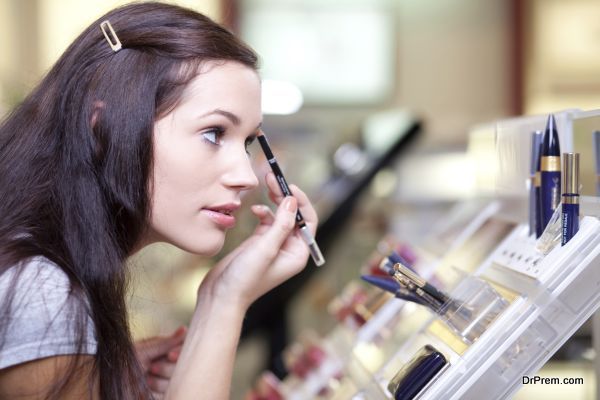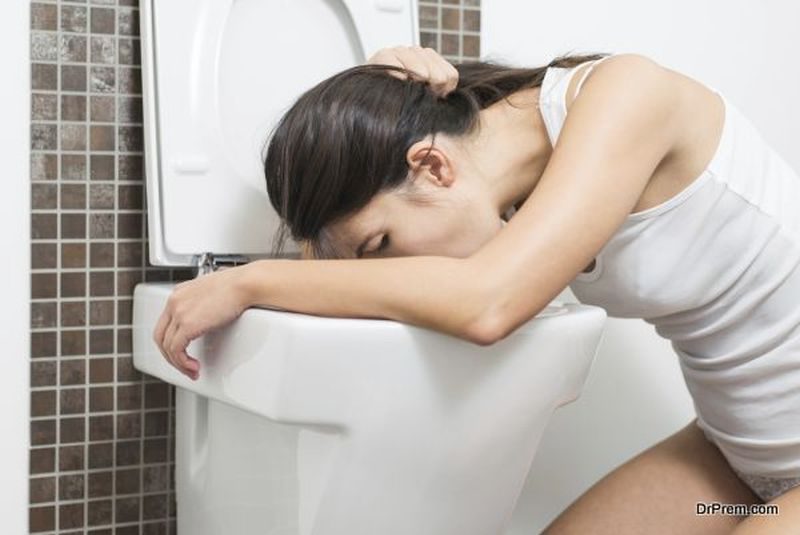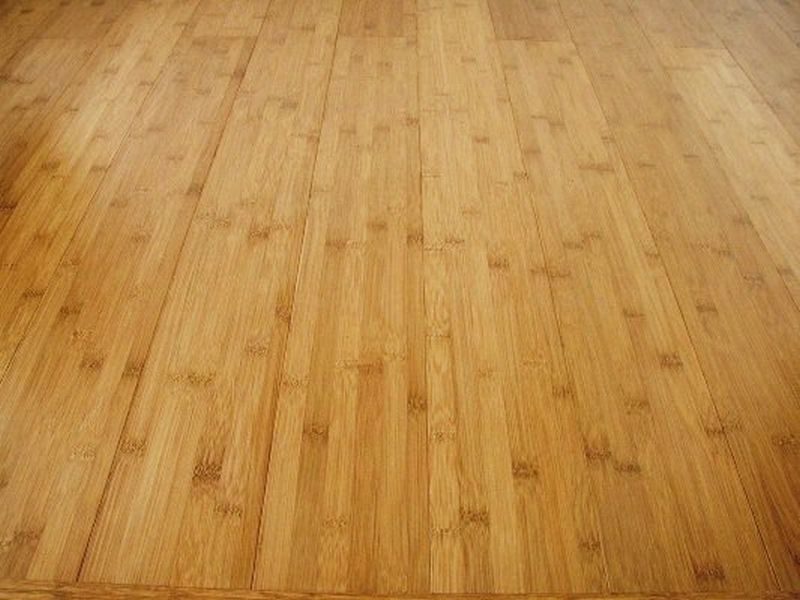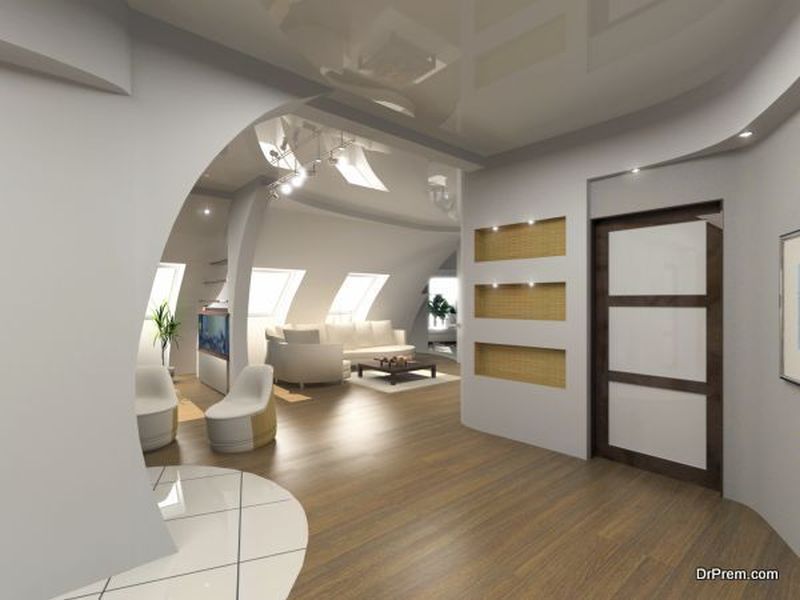Formaldehyde is a scary word for most people. After all, it’s hazardous to human health and most often associated with preserving bodies in morgues. Therefore anything that contains formaldehyde – including beautiful bamboo floors – must be avoided at all cost, right?
Well, that’s not strictly true. Let’s look at the facts on formaldehyde and bamboo floors.
What is formaldehyde?

Formaldehyde is a type of volatile organic compound (VOC); a chemical compound that will turn into vapor at room temperature, where it can be breathed in. It is categorized by a strong pickle-like smell.
VOCs, including formaldehyde, are produced in the creation of items like paints, disinfectants, and cigarettes, but they are also produced naturally by all sorts of microbes, plants, and animals. And yes, that includes humans, but it’s a pretty rubbish reason to dump someone.
Even the quickest search of your home is bound to turn up some items that contain formaldehyde, including, but not limited to:
- paper, including wallpaper
- cavity wall and loft insulation
- fertilizer
- gas stoves
- glues and other adhesives
- makeup
- furniture
- fireplaces and some space heaters
- medicine
- certain fabrics
Don’t get me wrong, I’m not trying to make you terrified of being at home – this is an internet article, not an ‘80s horror flick. What I’m saying is that you can’t avoid formaldehyde altogether, even if you wanted to.
How is formaldehyde used in bamboo flooring?
Small levels of phenol-formaldehyde resin and urea formaldehyde are used in the production of strand woven and engineered bamboo floors, but the amount is so minute that it is non-toxic. It’s about the same amount that you’d find in the other items that I listed above.
But there are formaldehyde-free bamboo floors…
The majority of retailers who sell “formaldehyde-free” bamboo flooring actually mean that their product meets the No Added Urea Formaldehyde (NAUF) standard, something true of most bamboo floors sold in the US.
But what about the risk to human health?

There is no disguising the fact that formaldehyde poses a serious risk to human health, after all the World Health Organization (WHO) lists it as a carcinogen (something that can cause cancer).
The other potential effects on human health include irritation of the skin, eyes, nose, and throat, mental health issues, breathing difficulties, nausea, headaches, and damage to the central nervous system.
That’s absolutely terrible, but the thing is that serious health problems are only found when formaldehyde exposure is either very large or very prolonged, as is the case for people who work with it on a daily basis in huge quantities, i.e. morgue workers.
There’s no evidence to suggest that the potential formaldehyde emissions from your beautiful bamboo floors would be anywhere near the levels needed to cause harm to human health. And it’s not like bamboo floors are something new that we know nothing about – they’ve been installed in homes and businesses all over the world for at least the past twenty years.
I still don’t feel comfortable…
A lot of people do feel that way, but you’ll be happy to know that most of the bamboo flooring industry has increased its self-regulation in order to allay your concerns. Thus, most bamboo flooring companies will choose to abide by a whole host of national and international standards, even though they are not legally obliged to, so that you can sleep soundly knowing that your floors are completely safe.
The best bamboo flooring brands companies will even tell you exactly what standards that they’re meeting (and exceeding) on their websites by posting their test results.
Certificates and standards that you should look out for, include:
- The European E1 standards for indoor air quality, which sets its levels for formaldehyde emissions at 0.1 parts per million (ppm), the level that the National Cancer Institute says can start to affect people in minor ways (i.e. nausea). This is a minimum for most in the industry.
- The Californian Air Resource Board’s Phase II standard for indoor air quality, which sets its levels at 0.05ppm (the strictest in the world).
- The Occupational Safety and Health Administration’s (OSHA) Air Quality Standards, which assess the safety of the bamboo floors for business environments.
- The Resilient Floor Covering Institute’s FloorScore, which measures the emission levels of formaldehyde and other VOCs in flooring.
- USDA BioPreferred, who offer a labeling system for biobased products.
- Greenguard Gold, which considers how safe bamboo flooring is for vulnerable groups, like children and the elderly.
All of this means that most of the bamboo floors sold in America are 100% safe for human (and animal) health.
Of course, there will always be rogue sellers who will do things like fake their certificates or use levels of formaldehyde above what they should do, which is why you should always do your research on a company before buying from them.
- Check that they have the certificates they say they do, by asking the group that awards these certificates.
- Ask them what levels of formaldehyde they use in the creation of their floors.
- Ensure that other people are happy with the service they provided by looking at online review sites.
What can I do as the purchaser/owner to reduce the potential risk of health problems from formaldehyde?

If you’re worried about the risks of formaldehyde on your health – and it can feel like those risks are turning you upside down- you can do a lot to reduce your exposure and ensure that you are getting a safe product.
What to do when purchasing a bamboo floor
As I’ve already said, check out the business that you’re buying from and see if they’re trustworthy. If not, move on to a different seller. Another thing that you can do is buy solid or strand woven bamboo floors over engineered, as they emit less formaldehyde.
What to do when you have a bamboo floor
One of the big ways to reduce your exposure to formaldehyde emissions – which are more likely to be coming from your wooden dining table than your bamboo floor – and improve your air quality is to get some fresh air.
How? By doing things like opening the windows every day, keeping the heating as low as possible, cleaning with non-toxic products regularly, and getting some more time outside.
All in all, you should let fear put you off buying a beautiful, long-lasting, and eco-friendly bamboo floor. Look at what the evidence and the experts are saying and you’ll find that bamboo floors are completely safe for your house.
Article Submitted By Community Writer




